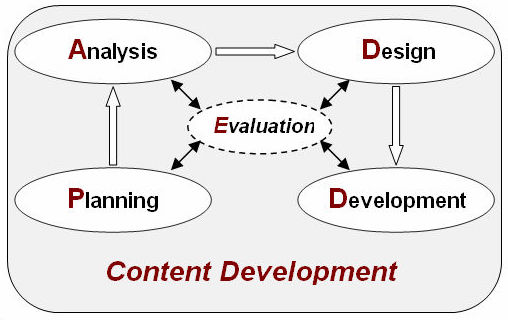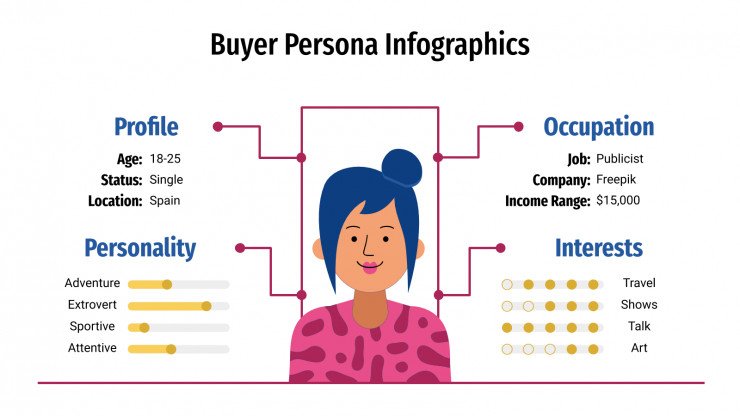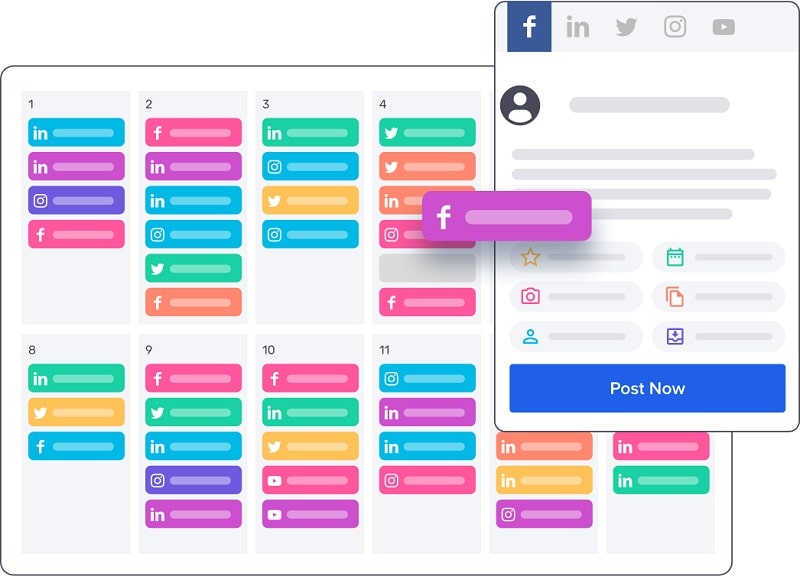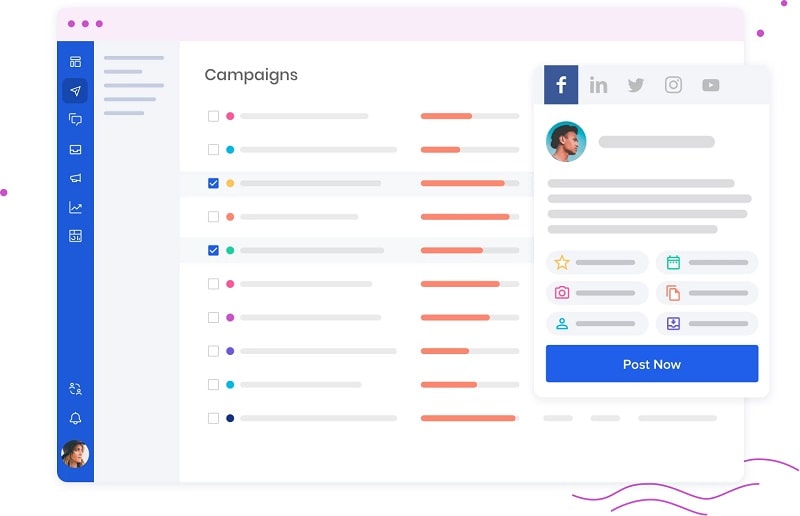Closing B2B sales isn’t like convincing people to buy a new sparkling water or match-three app. Nobody’s buying B2B products on impulse. To convert your leads, you need to make a sustained, compelling case — and that means you need great content marketing.
“Content is king” may be a cliché, but everybody knows it’s true. More than 40% of marketers planned on making content marketing their number one priority in 2020, beating out social media, email, and SEO. At the same time, 21% of marketers don’t have any content marketing strategy at all. Another 36% only have an undocumented mental model of their strategy.
B2B companies aren’t helping themselves by throwing content at the wall and waiting to see what sticks. A solid content marketing strategy will give you a plan and tools to:
- Create interesting, relevant content that your leads want to view.
- Target your content to the right audiences at the right time.
- Give your leads the information and resources needed to continue their journey down the sales funnel.
- Increase awareness of your brand and make you a more authoritative voice in your industry.
That’s a tall order. It’s fair to ask how you go from conceiving a strategy to producing a steady stream of authentic and engaging content. The answer is the process of content development.
Let’s take a deep dive into content development and learn what it is, why it’s essential, and how to do it right.
We’ll also cover some important things about content development that many marketers overlook – so you can create content that crushes it.
What is content development?
Content development is everything that goes into researching, producing, and publishing information to meet a strategic goal. A goal could be broad and open-ended, like “build a deeper connection with your audience.” Or a goal may have measurable targets, like encouraging a specific marketing or sales outcome.
Most successful content marketers see this as an iterative process with a sequence of steps to follow. Usually, it involves gathering information, organizing a content plan, creating the content, reviewing, optimizing, and publishing.

The difference between developing content versus just producing content is that development, at its best, is a cyclical process.
It’s a feedback loop that generates insights that lead you closer to your goals. Your goals shape your content. What you learn from analyzing your content’s performance will show you how to make it more effective at meeting those goals.
Why is content development important?
The alternative to content development is the good old spray-and-pray approach: make lots of content, and plaster it everywhere.
The symptoms of a bad case of spray-and-pray are generic ads everywhere, emails in every inbox, promoted posts on every social media feed, and other ineffective measures.
If reading that made you recoil a little bit, you already know one reason why spray-and-pray isn’t the best approach. Most people can’t stand getting spammed with generic content.
It might get you a few random converts if you’re B2C, but it’s usually a massive waste of money for B2B sellers. Your pool of potential customers is smaller, with known and specific needs.
Content development gets meaningful and effective content in front of actual leads with a much better ROI for your marketing dollar.
You indeed have to meet your audience where they are. That means that a strong marketing campaign needs to consist of content tailored to email, various social media platforms, your website, and anyplace else that leads hang out online. An unfocused campaign makes it easier to spray all those bases.
The best marketers know you have to prioritize your audience’s needs ahead of your own promotional messaging. The message, the audience, and the platform all have to be in harmony, which you don’t get with a scattershot approach. You need to refine your content with an effective development process.
How to Develop B2B Content that Crushes It
What does a content development process that delivers the goods look like? Let’s break it down, step by step:
1. Research and Information Gathering

Who is your audience? What do they really need (or want)? Most B2B businesses already have a pretty good idea in mind. But it never hurts to drill deeper to learn more about the demographics of your buyers.
The more you know, the easier it is to define customer personas that help determine exactly where to find them – and how to engage.
B2B buyers in various industries hold specific positions that have unique online haunts and habits. Find out what those are, watch what’s trending, and study your competition. With this information, you can spend less to reach more leads while holding their attention longer.
2. Analysis

Unless you’re starting from scratch, you’ve already got some content out there.
That means you’ve got data to analyze that can tell you what is and isn’t working.
Use that data to inform your strategic content development going forward.
Consider your existing content in the context of these questions:
- Which blog posts are the most widely read and shared?
- What’s generating the most conversions for you? Where do you have the most substantial social media followings?
- Which keywords are bringing the most leads?
- What are your most popular landing pages?
Delving into the data to find answers to these and other questions can set your new strategy off on the right foot.
3. Strategize and Schedule

At this point, you should have a sharp picture of your buyer personas and some data-driven insights into where your strengths and weaknesses are. You can use this information to start planning out a content strategy to meet the goals you’ve established.
Here, you can start thinking about what kind of content to create, what your voice and themes should be, and which platforms you’re going to focus on.
It’s also beneficial to create a content calendar for scheduling your posts at this stage.
A calendar can help you build on topics, avoid repetition, and prevent you from dumping too much content too soon. You’ll also save your marketing budget and creative team from exhaustion.
4. Create Your Content

This step is the most critical — actually creating informative and captivating content.
Think about your buyers. Where, when, and how are they going to consume the content you’re producing? It’s true that 73% of readers mostly skim long blog posts, but it’s also true that longer posts get more traffic and more shares.
You can reconcile this by striking a balance between readable and substantive content as you inform, entertain, and engage your readers.
On social media, your content might be more visually oriented: images and videos. Avoid stock photos and invest in striking, brand-consistent graphics that fit the platform.
Video lends itself well to social media, but don’t forget who your audience is. B2B buyers tend to respond much more favorably to informative demo videos and thought leadership over click-bait viral material.
5. Optimize Your Content

Once you’ve created content — really good content — then and only then should you start worrying about optimizing it. This step includes keywords, SEO optimization, perfect titles, and all the other meta stuff that makes it easier to find your posts.
This step is also when to edit for readability and a consistent brand voice. Don’t forget that repurposed content can be surprisingly effective.
If you’ve got older material that was doing well for you, don’t be afraid to refurbish it and make it part of your new content strategy.
6. Publishing and Promotion

Next, it’s time to start following your content calendar and publishing. Does it seem overwhelming to publish your amazing new content on your website and all the social media platforms? Marketing tools can automate this process to help you launch a synchronized, consistent rollout across all of your social media.
Don’t be afraid to give your content a push with some promotional efforts.
Keep in mind that broadly-targeted paid promotions can backfire or even hurt your SEO. Consider instead utilizing organic efforts like guest posting and employee advocacy programs.
7. Review, Track, Adjust

Finally, review the results of your efforts.
Track conversions and the other metrics related to your goals, then make adjustments as needed.
You might find that you’re hitting a particular layer of the funnel too heavily and creating bottlenecks in your buyers’ journeys. In that case, determine where your leads are getting stuck. Then create more content focused on the needs and concerns they have at that stage.
Related Content
Crush Your Content, Every Time
At the end of your content development process, it’s time to close the feedback loop. Take everything you learned, go back to square one, and start building an even more effective content strategy.
Remember, a good content strategy is one that is based on a well-researched target audience, is measurable, unique, engaging, and fully strategized to develop content for each stage of your sales funnel.
Once your content is published and live, the job is only halfway done as good content without content promotion and distributions strategies is like a tree falling in the woods with no one there to hear it fall.
B2B buyers are actively looking to be educated and informed. Give them excellent content that shows what your business can do to meet their needs and solve their problems.
By following this content development process, you’ll increase your marketing success by always creating content that crushes it.

Written by our guest writer Eyal Katz, a B2B marketing consultant
Source link





